In this undated photograph, one of Coplan’s child photographers goofs around with his sisters near the Samiria River, a tributary of the Amazon. Photo courtesy of Amy Coplan/AP.
On Amy Coplan’s volunteer trip to Peru, the New Jersey music teacher was hoping to see the wonders of the rain forest. Instead she ended up being more impressed with the people. So when she got back home she decided to give all the underprivileged children she met a chance to tell others about their lives — through the power of photography.
Coplan donated a handful of digital cameras to a group of children living in a small village in the Peruvian jungle. Now, with their new toys, the kids are able to document their daily lives and show the world a collection of images that most people never see. Some of the photographs — of themselves going to school and helping their families prepare meals using traditional techniques — are purely documentarian in style, while others — a shot of two girls whispering behind palm fronds, a young child cradling a bird — show the children’s articulate conceptions of beauty.
Coplan herself was amazed at how quickly the children learned the technology, even though they live in an area that may be decades behind industrialized nations like the U.S. “Kids just get it,” she said.
The program, called Ninos de la Amazonia, was started by Coplan in an effort to raise money for the children of the area. She wants it to increase awareness about the region and to raise money for medical supplies, school money and further art projects.
For those still curious about the power of art and photography in changing the world of underprivileged children, check out the 2004 documentary Born into Brothels. The Academy Award-winning film follows documentary photographer Zana Briski as she teaches children in the slums of India how to use cameras and, more importantly, how to potentially improve their own lives.

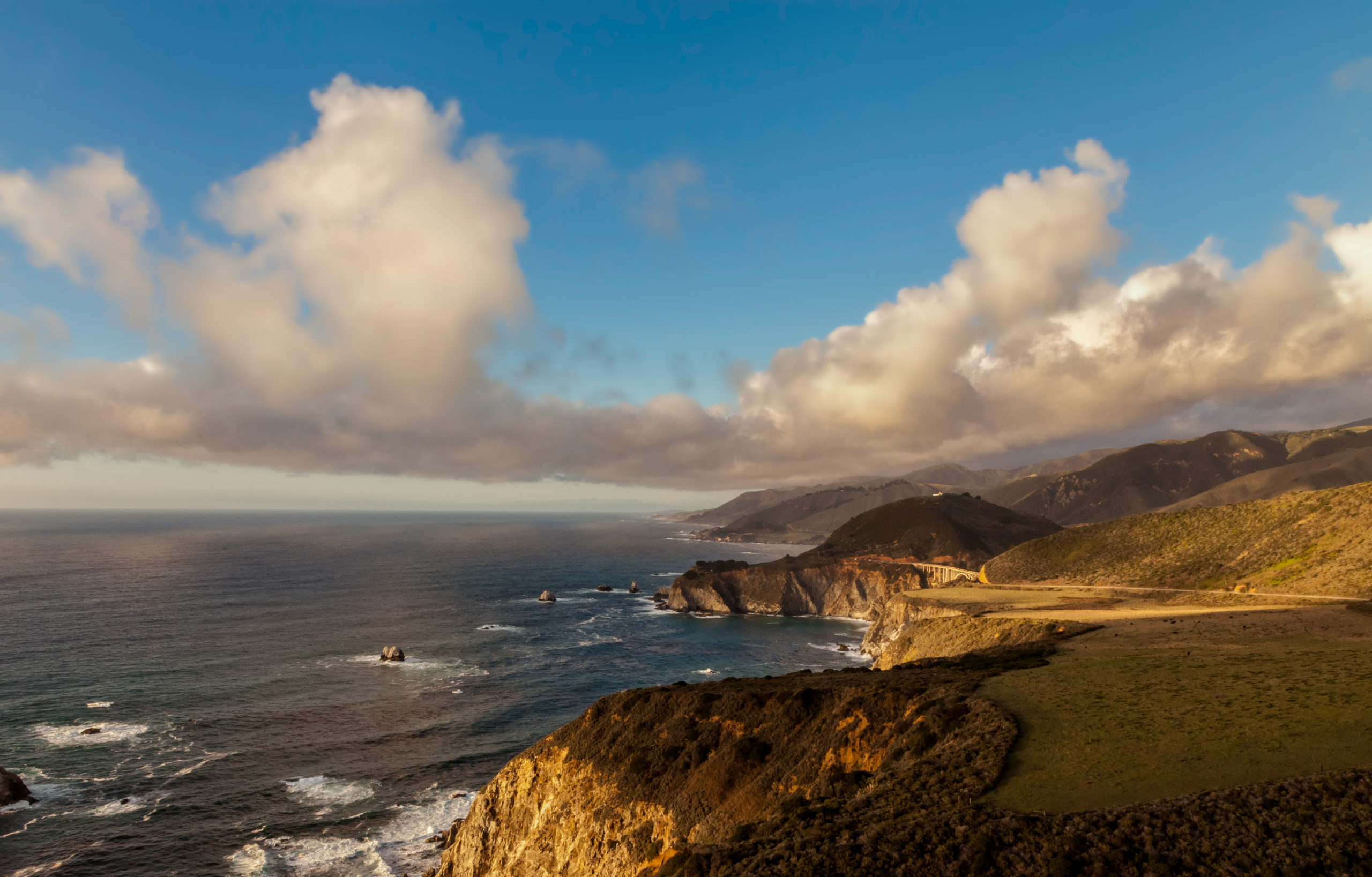
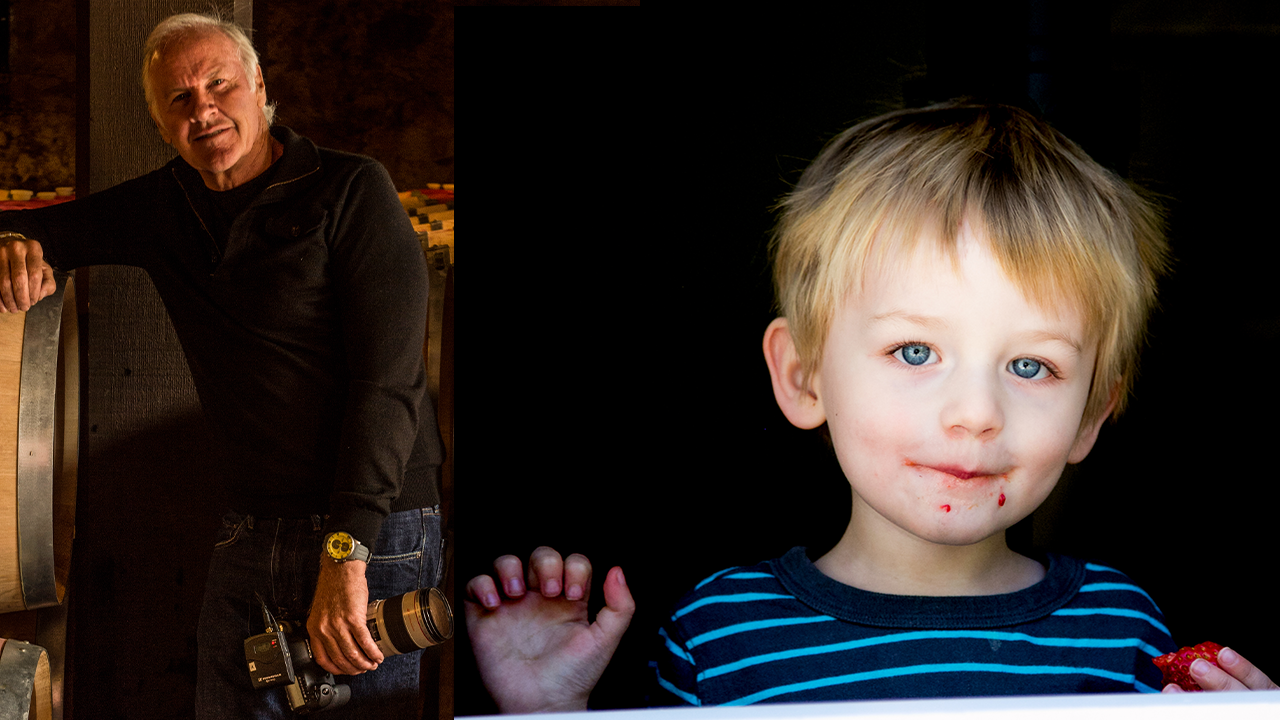
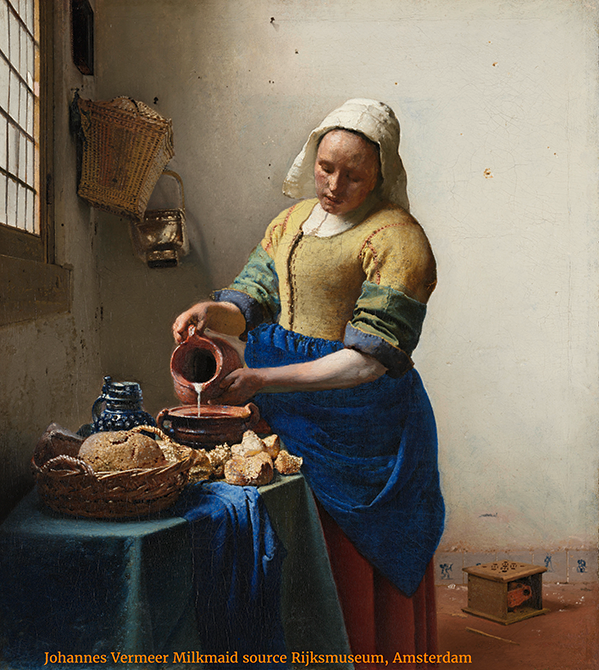
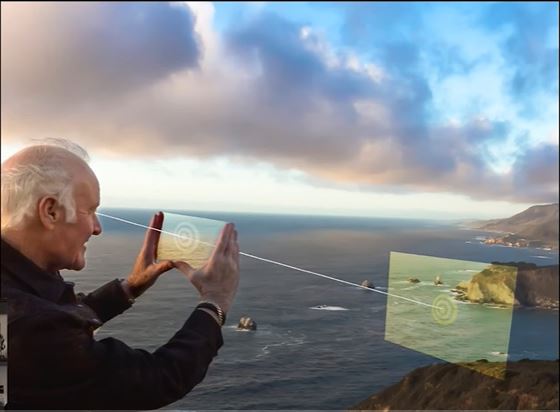
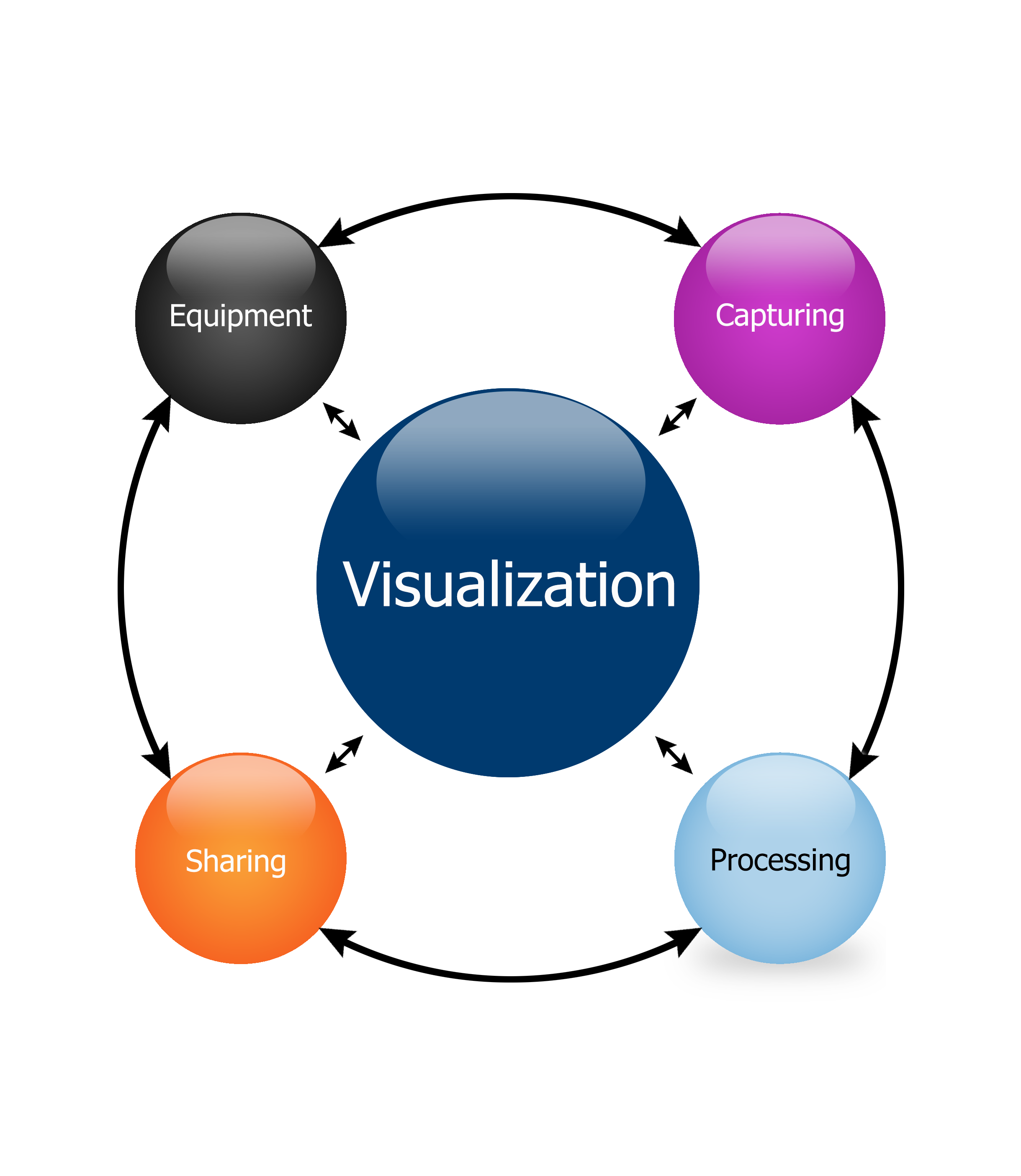
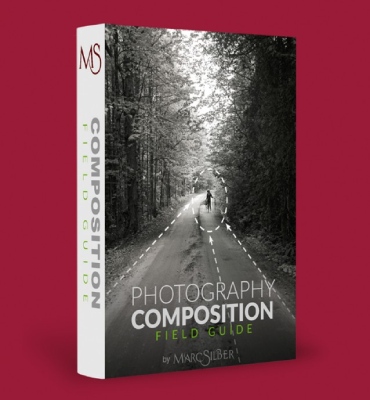
Leave A Comment
You must be logged in to post a comment.